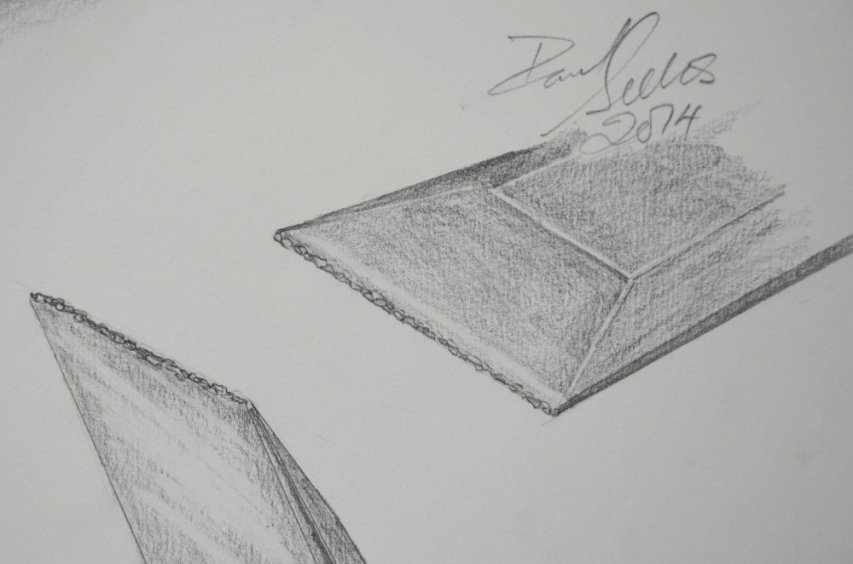 Legendary Vikings quarterback Fran Tarkenton has some suggestions for the current coaching squad for ways to keep opposing teams from teeing off on Teddy:
Legendary Vikings quarterback Fran Tarkenton has some suggestions for the current coaching squad for ways to keep opposing teams from teeing off on Teddy:
The good news is, the Vikings’ defense is playing great. When you consistently hold teams to 17 points, you expect to win a lot of games.
The bad news is, the Vikings’ offense just isn’t producing enough. Even though the defense held Detroit and Buffalo to 17 points apiece the past two weeks, the offense has gotten only three and 16, and the Vikings lost both games.
No matter how many ways you analyze it, slice it up and study it, that’s not good enough. And it’s tough to watch great defensive efforts like Sunday’s against the Bills go unrewarded. When the defense gets six sacks and four turnovers, you can’t lose that game!
The offensive line is still struggling, and Teddy Bridgewater was sacked five times Sunday. That makes 13 sacks in the past two weeks. But the Vikings aren’t the only team in the NFL with offensive line problems, and there are things you can do to compensate.
You have to keep your quarterback upright. If the quarterback is on the ground, he has no chance.





